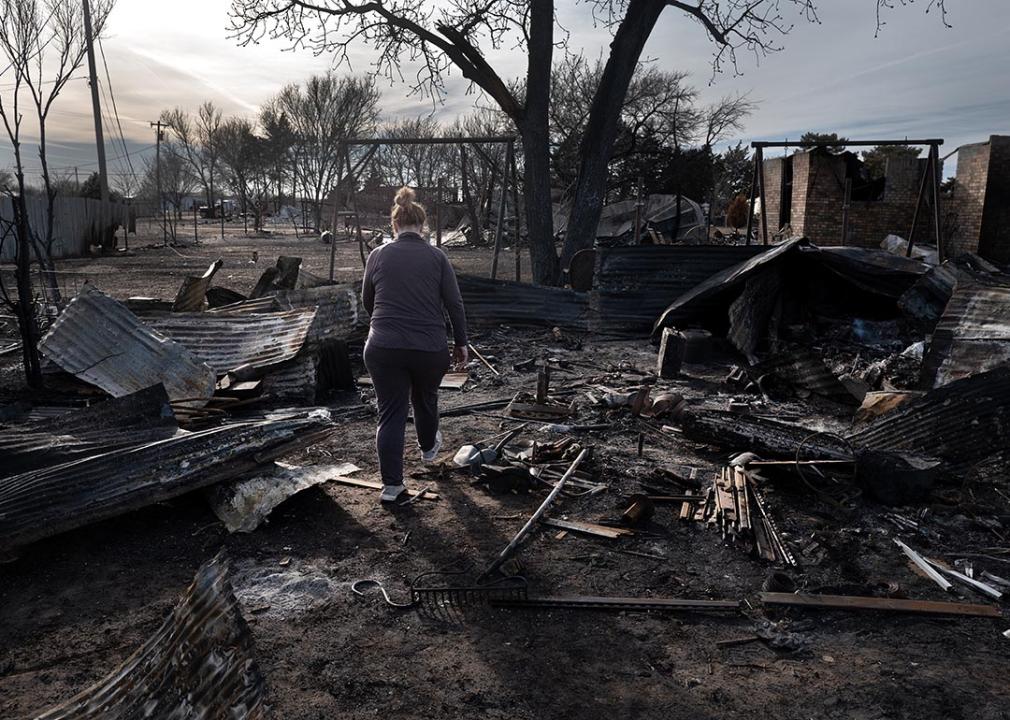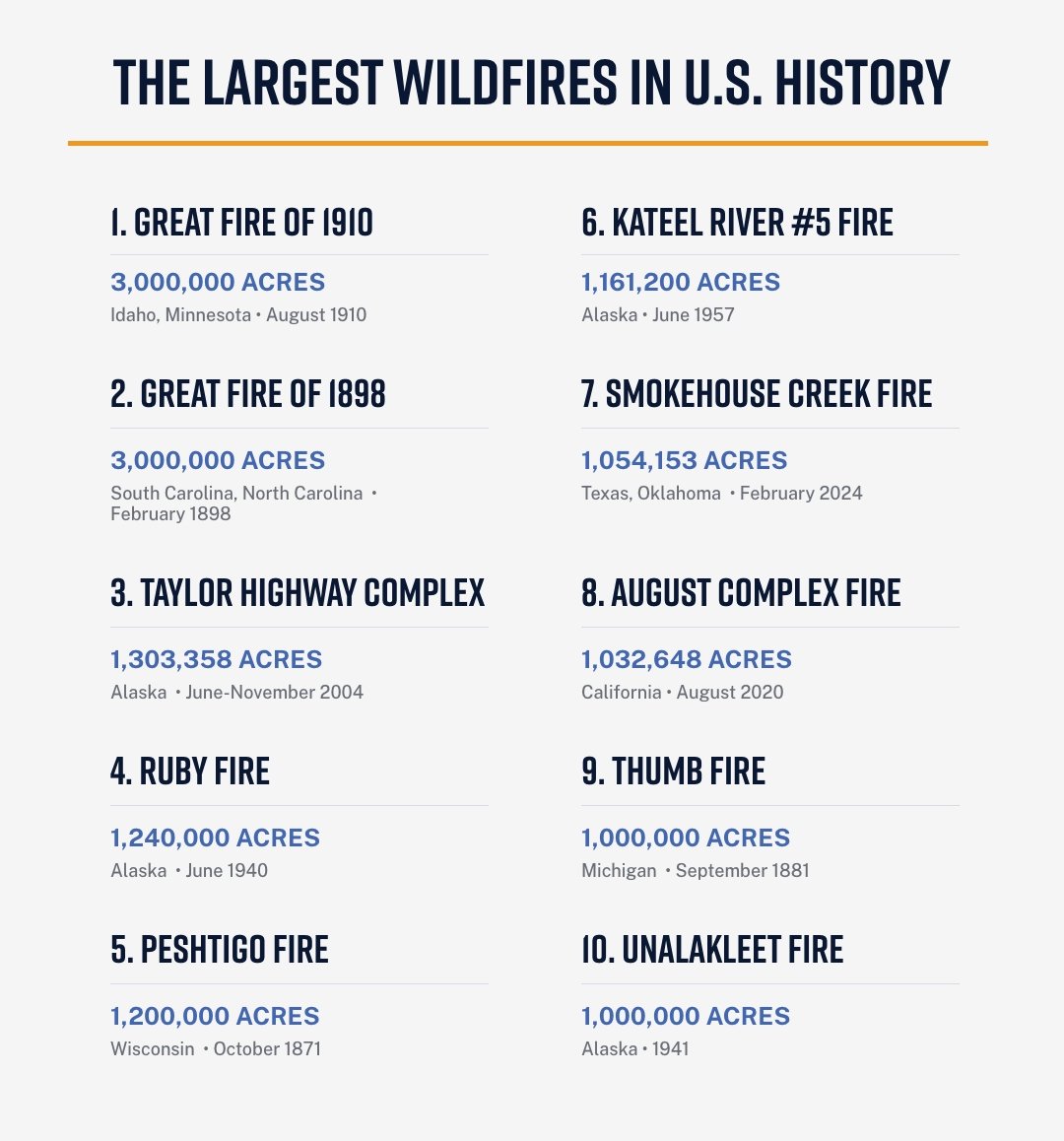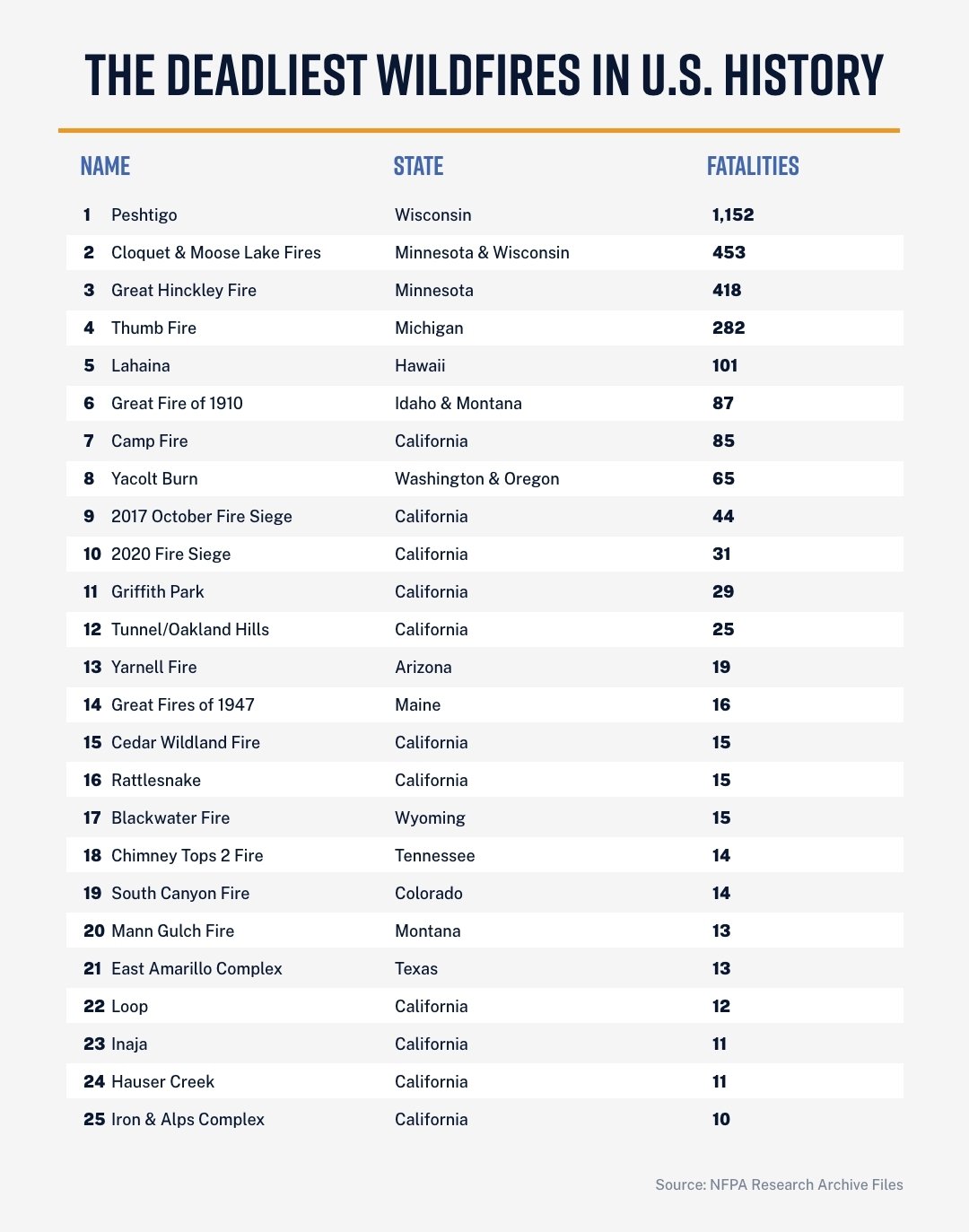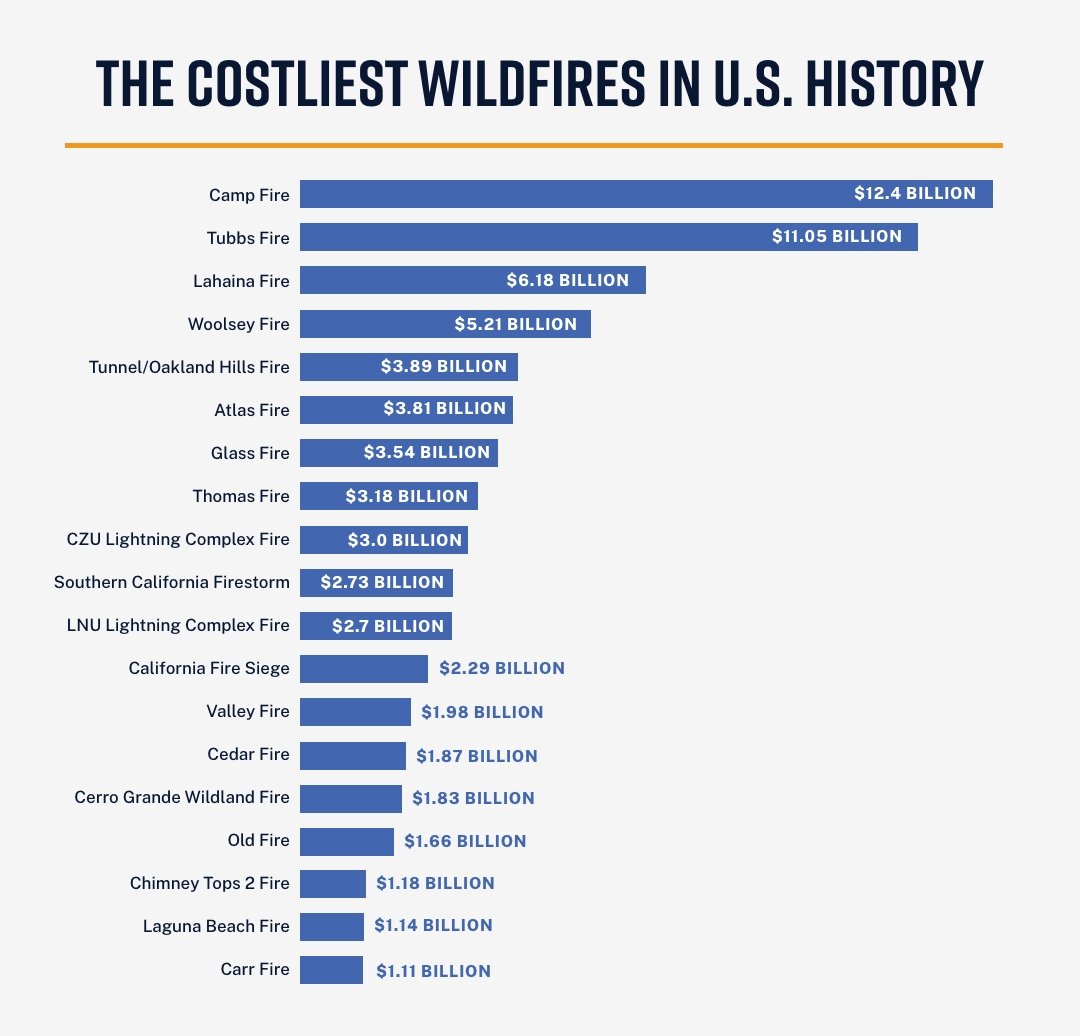Large, deadly fires take their toll throughout US history

Scott Olson // Getty Images
Large, deadly fires take their toll throughout US history
Angie Hodges searches for items in the remains of her home after it was destroyed by the Smokehouse Creek fire, which burned more than a million acres, on March 03, 2024 near Stinnett, Texas.
For nearly three weeks starting in late February, the Smokehouse Creek wildfire, sparked by a utility pole that collapsed under strong winds, ravaged large swaths of northern Texas and western Oklahoma.
By the time it was contained in mid-March, more than a million acres of land had been burned, and two people and thousands of cattle and other animals had been killed, making it one of the most destructive fires in American history.
To better understand where the Smokehouse Creek fire fits into the historical context of wildfires across the country, Singleton Schreiber analyzed records of nearly 300,000 reported wildland fires in the United States since 2014, as compiled by the National Interagency Fire Center, a group of state and federal agencies that works together to compile and standardize information since fires can jump across several different types of land overseen by different agencies.
![]()

Singleton Schreiber
It’s The Largest Fire In Texas History — And One Of The Largest Ever Recorded In The United States.
Graphic of stats showing “The Largest Wildfires in U.S. History”.
All told, Smokehouse Creek burned some 1.05 million acres of land, topping Texas’ previous record blaze: the East Amarillo Complex fire, which scorched just over 900,000 acres in 2006 — also along the Oklahoma border, but further southeast.
That also makes it the seventh-largest fire in U.S. history, and one of only 10 fires to burn 1 million acres or more, according to data compiled by the nonprofit National Fire Protection Agency.
It burned more than three times as many acres as every other wildfire reported in Texas from January through March of 2024 combined, and accounts for just over 60% of all U.S. land affected by wildland fires so far this year.

Singleton Schreiber
Most Of The Deadliest Fires In U.S. History Happened Over 100 Years Ago.
Table showing 25 of “The Deadliest Wildfires in U.S. History”.
Any life lost as a result of a wildfire is of course tragic, but it is fortunate that the Smokehouse Creek fire did not claim a high human death toll.
The NFPA’s data shows that 25 wildfires in U.S. history have killed at least 10 people, including Hawaii’s Lahaina fire of 2023 and major California fires in 2017, 2018, and 2020.
But none have been deadlier than the Peshtigo fire in October 1871, the world’s deadliest wildfire.
On the same day that the infamous Great Chicago Fire began, strong winds whipped a group of controlled burns into a “tornado of fire” that burned some 1.2 million acres in Wisconsin and parts of Michigan, killing over 1,100 people — though some estimates place the death toll as high as 2,500.

Singleton Schreiber
Smokehouse Creek Also Doesn’t Scratch The Surface Of The Costliest Wildfires In U.S. History.
Image showing graph results to “The Costliest Wildfires in U.S. History”.
Smokehouse Creek caused an estimated $6.2 million in damage, according to the NIFC. That’s not a small amount of money on paper, but because most of its area was more sparsely populated rural land, its ability to run up a big bill was somewhat limited.
California, where fires can quickly spread into residential areas, is America’s epicenter for costly blazes. There have been 19 wildland fires that have incurred at least $1 billion in insured losses in 2024 dollars, and only three of them — including Lahaina — have happened outside the Golden State.
The 2018 Camp Fire, which developed from a fire in Butte County, California, into an urban firestorm, may have only burned 15% as much land as Smokehouse Creek, but it incurred more than 2,000 times as much financial damage — $12.5 billion in insured losses alone, plus another $4 billion uninsured. It destroyed nearly 19,000 structures and killed 85 people.
Of course, the fact that a fire’s total damage incurred is not high does not mean its effects are not devastating to those impacted by it.
Data Sources And Methodology
The current wildfire data used in this analysis comes from the National Interagency Fire Center, a partnership of federal and state agencies that compile statistics and other information on fires that occur across federal, state, local, tribal, and private lands. We used NIFC’s Wildland Fire Incident Locations dataset to download data on wildfires in Texas from 2015–2024 on March 26, 2024, and data on nearly 300,000 nationwide wildfires since 2014 on April 5, 2024.
Historical statistics, including information about fires prior to a change in federal data reporting practices in 1983, come from the National Fire Protection Association, a nonprofit organization that publishes and administers fire safety standards.
If you would like to report on or republish any of the information or images in this study, please link back to this page for attribution purposes. Singleton Schreiber is a trial law firm with offices across the nation including San Diego, Sacramento, and Albuquerque.
This story was produced by Singleton Schreiber and reviewed and distributed by Stacker Media.